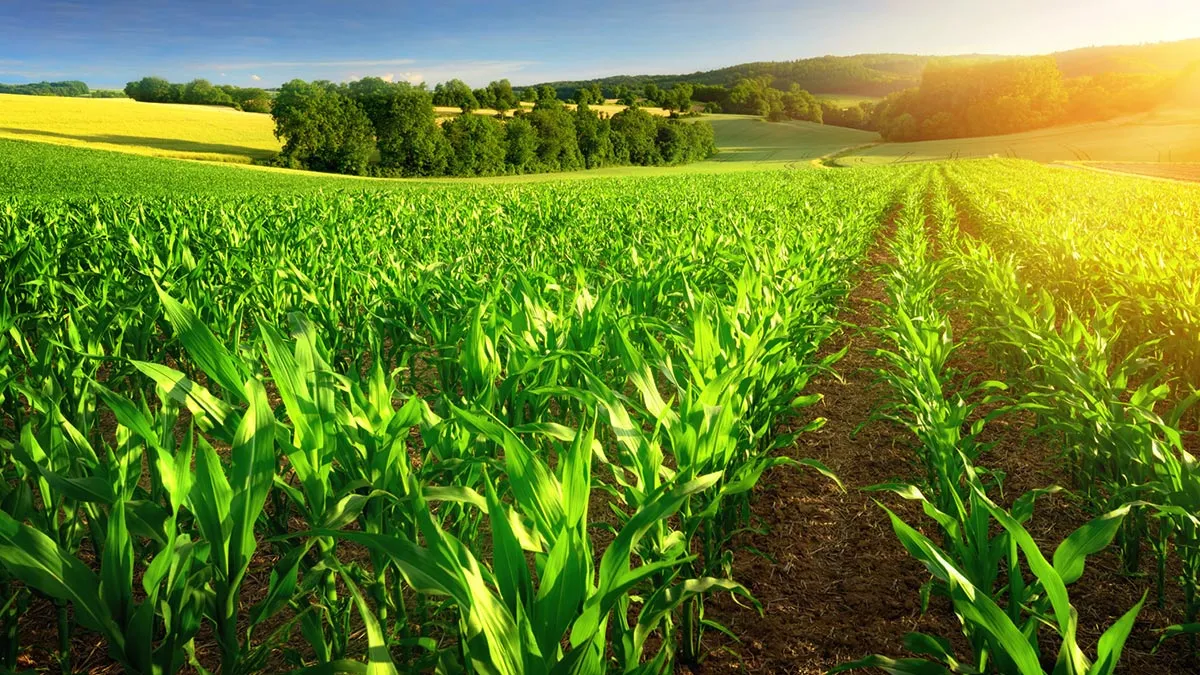- By Kamakshi Bishnoi
- Tue, 15 Jul 2025 04:30 PM (IST)
- Source:JND
In a major push to boost agricultural productivity, the Uttar Pradesh government is set to intensify efforts to convert barren and waterlogged land into cultivable areas. Under the ongoing Pt Deendayal Upadhyay Kisan Samridhi Yojana, a total of 43,850 hectares of land will be treated in the current financial year 2024–25.
Of this, 35,600 hectares will undergo reclamation to improve barren land, while 8,250 hectares will see interventions to address waterlogging issues. The campaign aims to address a growing concern, as nearly 24 lakh hectares of agricultural land in the state remains barren or unfit for farming, out of the total 241.7 lakh hectares of cultivable land. Additionally, 40,000 to 50,000 hectares of agricultural land are being lost annually to urbanisation, infrastructure development, and industrial expansion.
The scheme, operational from 2022–23 to 2026–27, will see an expenditure of Rs 113.06 crore in the current fiscal year. The Department of Agriculture has already issued an action plan detailing land improvement activities such as levelling, construction of bunds and check dams, and development of drainage systems.
Districts in Bundelkhand—Jhansi, Lalitpur, Mahoba, Hamirpur, Banda, and Chitrakoot—along with Muzaffarnagar, Shamli, Baghpat, and Meerut in Western UP have been prioritised for implementation. These districts are already covered under the Atal Ground Water Scheme, and land reform activities will be undertaken in selected Gram Panchayats within them.
Special attention will also be given to areas with a high population of Scheduled Castes, Scheduled Tribes, and small or marginal farmers. In these areas, barren and ravine land, including Gram Sabha land, may be allotted to landless agricultural labourers in coordination with the Revenue Department. Already allotted lands will be made cultivable through this initiative.
To support post-reclamation crop production, financial assistance of Rs 7,000 per hectare will be provided. Of this, 50 per cent will be offered as a government grant under the scheme, while the beneficiary farmers will contribute the remaining 50 per cent through labour or materials.
ALSO READ: UPSSSC PET 2025 Schedule Announced, Over 25 Lakh Candidates To Appear In September Exam | Details
The effectiveness of the scheme will be monitored through evaluations conducted by agricultural universities. The State Planning Institute’s Evaluation Division will assess the impact on production, productivity, and area coverage after the completion of each year’s work plan.
